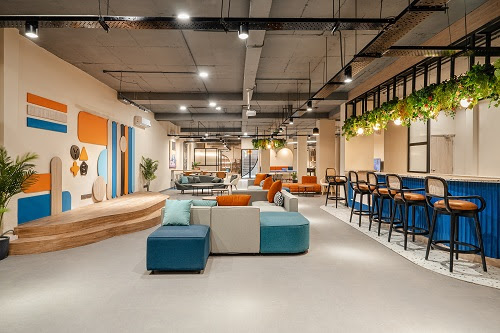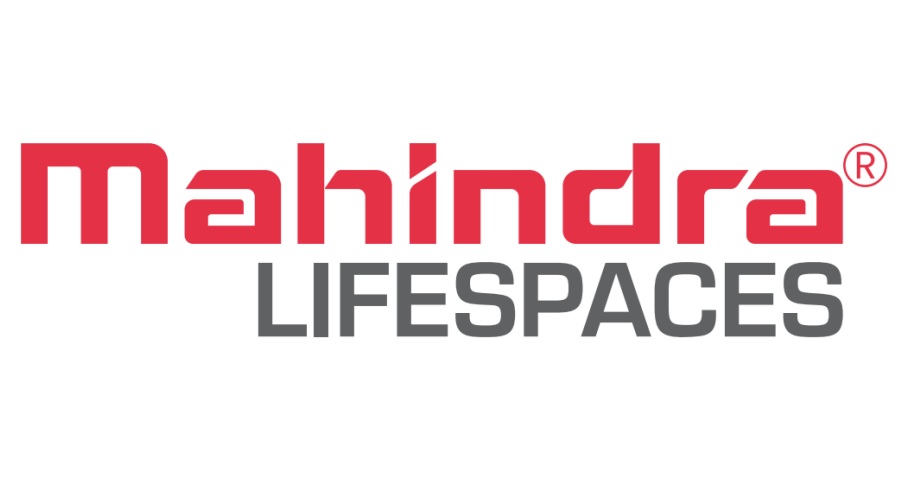The young architect Arjun Rathi, Principal – Arjun Rathi Studio is also an industrial designer and photographer who consider lighting design as an extension of his work.
How did you foray into light design? The practice of lighting started out of passion and resulted in a few lamps, which upon publication gained a lot of attention. I started to get custom design commissions - and over the years lighting has become a huge part of me and the Studio. What started as a passion has now become one of the strongest verticals for the studio. What materials and techniques do you use? The studio has been exploring a lot of cast glass with recent works which has gained a lot of interest. The process involves melting and reforming raw glass into slabs and shapes which can be used as surfaces and lighting components. We find the process very poetic as molten form of glass cools in a controlled environment to form a material reminiscence of frozen ice. This allows for a great lighting potential for the material. Also each cast of the slabs is unique and no two slabs will ever be the same. Also read http://realtyplusmag.com/emerging-global-face-of-indian-architecture/The transformative power of lighting is increasingly becoming recognized as a vital component of interior design and architecture – and manipulated in ever more experimental ways. Yet whilst many companies have the capacity to design or produce lighting, rarely do they offer both.What is the design concept behind your recently launched Shikhara pendent light? The formation of the light is inspired from the Shikharas of Nagara style Temple architecture, the form taken from the holy ‘kalshas’ used in Indian rituals and said to invoke positivity in the Vasthu (space). Each of the elements is an essence of ‘Panchmahabhutas’ five great Elements - Earth, Water, Fire, Wind, and ether. Also read http://realtyplusmag.com/no-singular-design-can-define-indias-diverse-architectural-context/ The construction of the Shikhara light The Shikhara pendent light has been designed in 4 varying height i.e. 9 feet, 6 feet, 4 feet, 3 feet. It constitutes a combination of glass and brass; where glass gives transparency and brass gives strength to the structure. The elements were represented by the blown glass forms, in any choice of colour. The fifth element ether was made in metal pyramid in brass, copper or steel in oxidized or antique finish, pointed downwards to evoke positive energy into the space.


















